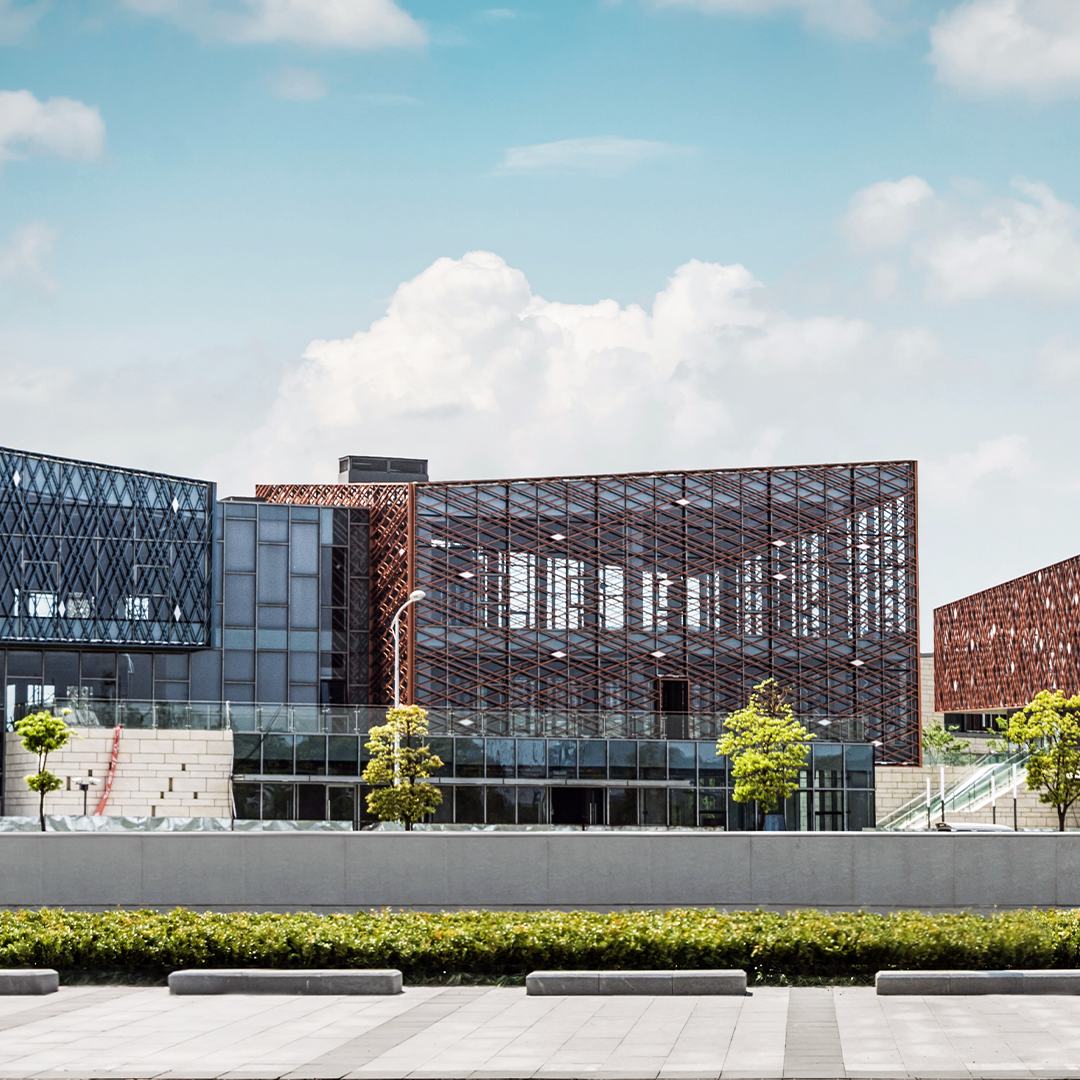Future Cities
Headquarters Relocation Is an Opportunity to Reshape Employee Behaviors
April 1, 2024 3 Minute Read

A company’s decision to relocate its headquarters, whether locally or nationally, goes beyond just changing its physical location. CBRE’s study of headquarters relocations from 2018 to 2023 found the most common factors that influence this decision are business tax incentives, portfolio optimization and access to the customer base. A headquarters relocation can also have a profound impact on a company’s ways of working. It presents an opportunity to reexamine and refresh aspects of organizational behaviors and inject new energy, purpose and direction.
The Desire to Change
Employee behavior is shaped by many factors, including a company’s norms and values, organizational structure, rewards and recognition, and physical environment. A relocation can be used to deliberately disrupt existing dynamics, creating opportunity for new behaviors to emerge that support evolving corporate strategy objectives and values.
Enhancing collaboration and innovation are two top behavior changes our clients seek in tandem with relocation. Organizations have increased collaboration space by 44% and reduced private space by 19% since 2021, according to CBRE’s 2023–2024 Global Workplace & Occupancy Insights report. Adding more physical space for collaboration and innovation lays the foundation for fostering these behaviors, but they will not occur solely because these spaces exist.
An effective change management program is essential for driving evolving and new behavior that lasts. A robust program should include training, cross-functional teaming, rewards and recognition, leadership behavior modeling and realignment of any organizational elements that may hinder collaboration and innovation.
Building New Behaviors
Training employees on the use of new spaces and creating a clear vision of what it means to be collaborative and innovative are crucial first steps for building these desired behaviors. Short, focused sessions that reinforce collaboration techniques, problem-solving, design thinking and realistic “day-in-the-life” scenarios create deeper transformation through experiential learning.
Creating opportunities for teams to interact cross-functionally also builds a collaborative mindset. Examples include hosting cross-team social events, conducting knowledge-sharing forums, intentionally mixing teams in seating plans or assigning teams to work together on formal or informal initiatives. These tactics promote knowledge-sharing and diversity of thought, break down silos and foster a sense of unified purpose across the organization.
Recognizing and rewarding employees who demonstrate a commitment to collaboration and innovation reinforces these behaviors’ importance, encouraging others to follow suit. Set collaboration and innovation goals at the leadership, team, and individual level and incentive behaviors through formal performance awards, peer recognition or team spotlights.
Cultivating collaboration and innovation starts at the top. Leaders can set a positive example for the organization and create a safe space for others to act similarly. However, leaders often need help learning how to be collaborative and innovative too. Defining expectations, communication, training and rewarding desired behaviors is just as critical within the ranks of leadership as it is for the rest of the organization.
Additionally, key performance indicators (KPIs), process realignment, organization design and communication techniques like storytelling are powerful influencers of organizational behavior. These strategies, combined with the ones previously detailed, create lasting change, weaving new behaviors into the fabric of the organization.
Key Takeaway
A headquarters relocation is an opportunity to align organizational behaviors with evolving strategic objectives. A thoughtful, purposeful change management program tied to the drivers of organizational behavior is essential for a lasting transformation.
Please visit our Organizational Change & Transformation page to learn more about change management for headquarters relocations or other behavior change initiatives.
Related Insights
-
Viewpoint | Future Cities
The Shifting Landscape of Headquarters Relocations: 2025 Update
May 7, 2025

The transfer of business headquarters (HQs) continues to be a significant focus in the dynamic landscape of corporate strategy.
-
Local Response | Future Cities
The Shifting Landscape of Headquarters: Change Among the Fortune 500
March 12, 2024

Following our December 2023 analysis of headquarters relocation trends over the past five years, CBRE initiated a study of HQ trends over the same period within the Fortune 500.
-
Viewpoint | Evolving Workforces
The Shifting Landscape of Headquarters Relocations: Trends and Outlook
December 11, 2023

U.S. companies across many industries are increasingly prioritizing headquarters (HQ) relocations as part of their corporate strategies.
Related Services
- Transform Business Outcomes
Consulting
Gain comprehensive guidance on insightful, executable real estate strategies for both investors and occupiers.
- Plan, Lease & Occupy
Organizational Change & Transformation
Enabling organizations to achieve outcomes, improve performance and create change-ready cultures.
Building process and capability to manage and sustain change (performance)
